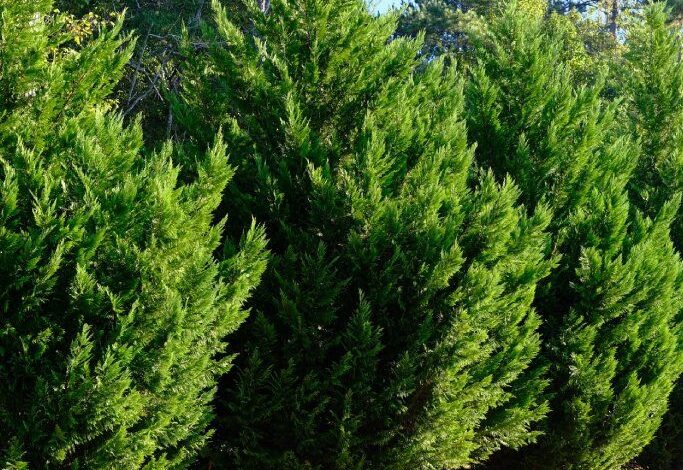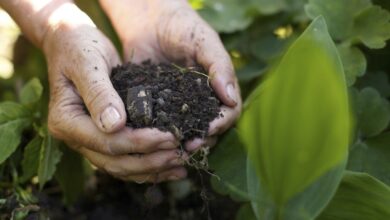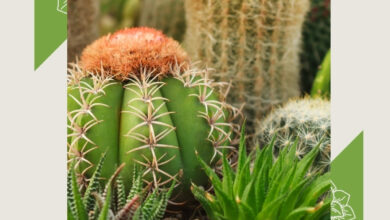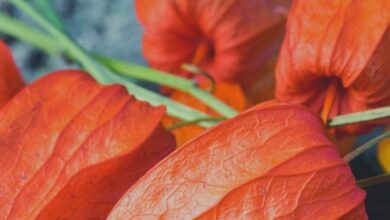“Cypress” is a name or nickname bestowed on a variety of species of trees. Technically, the term refers to coniferous trees in the cypress family Cupressaceae. In that group, there are true cypress trees (with feathery evergreen foliage and cones like big acorns), located in the plant genus Cupressus. Other evergreens – not in the Cupressus genus – are called false cypress . So it’s cypress versus false cypress when you are making a choice.
The universe of cypress species is quite vast, so you may be stumped by what cypress to grow in your landscape. It’s important to choose wisely, since some cypress are tall, some are small, some are easy to grow, and others hard to grow. We’ll make it simpler for you by outlining six of our favorite, easy-to-grow common cypress trees.
The 6 Best Cypress Trees To Grow The same rules of reason apply to selecting cypress as to buying any other plant. You will want to choose a shrub or tree that works well in your USDA hardiness zone, will thrive in the sun exposure and soil of the particular planting site, and that will fit – at its mature size – into your garden space. If you are aiming for a specific garden themes, this should be taken into account as well.
1. Monterey cypress (Cupressus macrocarpa)
Looking for large? You can’t go wrong with this gorgeous, low-maintenance costa tree that soars to 90 feet (27.4 m) or more. It is narrow while it’s young, but turns into the iconic, irregular, wide-spreading tree as it matures. It thrives in USDA hardiness zones 7 – 11 and works well in wind screens, hedging, and architectural gardens.
2. Lemon Thread Cypress (Chamaecyparis obtusa “Lemon Thread”) Looking for smaller? Try lemon thread cypress, a false cypress that tops out at around 6 feet (1.8 m). This dwarf conifer lights up a landscape corner with its bright golden yellow threadlike strands on red stems. The mounding/weeping growth habit is unusual and appealing. Branch ends often develop club shaped “cockscombs” at the very tip of each. Lemon Twist develops a very curious, mounding and almost weeping growth habit as the plant reaches maturity. Grow this cultivar in USDA zones 5 – 9, in a sunny location.
3. Mediterranean Cypress or Italian Cypress (Cupressus sempervirens) If you need a slender cypress to form a kind of living column in your garden, the one that stands out for us is the Mediterranean cypress, also called the Italian cypress. “Tall” describes this evergreen that can soar to above 100 feet (30.4 m) tall at maturity, though it usually tops out about half that height. This cypress is very columnar, with a symmetrical crown staying around 10 feet (3 m) wide. These trees work well as windbreaks, but also look handsome lining an entryway.
Growing Italian cypress is best in USDA zones 7 – 11. It requires no pruning and little maintenance, but make sure that the soil is well-draining to prevent root rot. The tree is drought-tolerant and can withstand forest fires. Full sunlight is essential.
4. Leyland Cypress (Cupresus x leylandii) Want a quick-growing cypress? Take a look at Leyland cypress, a natural hybrid cross between Monterey cypress and Nootka cyprus. These Leyland trees shoot up fast – up to 3 feet (.9 m) a year – and develop into broad, pyramid-shaped trees to 22 feet (6.7 m) tall with dense foliage. It’s a popular screen or wind breaker given its density and is extremely flexible about soil and climate conditions.
Full sun sites are best for Leyland cypress trees , and if you plant them side by side, they will create a gorgeous hedge. They thrive in full sun in USDA zones 6 – 10.
5. Pond Cypress (Taxodium ascendens) Ready to try a deciduous cypress? The pond cypress might be perfect, an easy-care cypress that will be just fine in a flooded landscape. They are often found in the wild, edging swampy ground or standing water. They can also do well in normal backyards however, and are smaller than bald cypress where water is standing. However, they grow well in drier landscapes and tolerate drought better than the common bald cypress species. They are also shorter, topping out at 80 feet (24 m). What do you need to do to maintain them? Simply trim out dead branches from time to time. Pond cypress are deciduous and the leaves put on a golden show before they fall in autumn. They thrive in USDA zones 5 – 9.
6. Nootka Cypress (Cupressus nootkatensis) How about a weeping cypress? Nootka cypress trees, also called Alaska cedar trees, are native to this continent. They are evergreen with scaly foliage and flat, bottle-green sprays. The weeping growth pattern as well as their graceful drooping branches add elegance to the landscape. They can grow too tall for most gardens – to 103 feet (31 m) tall – so select among the dwarf Nootka cypress cultivars.
I love the “Glauca” Nootka cypress and can recommend it. It’s a lovely, dense cypress with blue foliage in a conical growth pattern. It has an interesting, thin profile, but the feathery weeping foliage makes it an excellent focal point. It shoots up fast, to 2 feet (61 cm) a year if planted in a sunny location, topping out at 25 feet (7.6 m). It thrives in USDA zones 4 – 8.
7. Arizona Cypress – Cupressus arizonica Are you looking for a live Christmas tree to plant in the backyard? The best choice is Arizona cypress. Of all of the cypress tree varieties, the Arizona cypress has the best triangular growth shape people like to see in a Christmas tree. They also have dense foliage, with blue-green scale-like leaves and small seed cones. Their rapid growth can increase their height by a foot (30 cm) per year. Grow Arizona cypress in USDA zones 6 to 9 in a full sun location. They stay at 70 feet (21 m) tall or less.
Frequently Asked Questions
Where Do Cypress Trees Grow Best?
Each common cypress species has its own cultural requirements. Hardwoodinfo.com’s answer is, “…wet, swampy areas along the Atlantic Coastal Plain from Delaware to Florida, and west along the Gulf of Mexico to the border of Texas and Mexico.
Do All Cypress Trees Have Knees?
Knees are humps found at the base of a tree. Bald cypress (Taxodium distichum) have knees but few other common cypress species do.
Does Cypress Smell Like Pine?
Some cypress foliage smells like pine, but not every variety.







